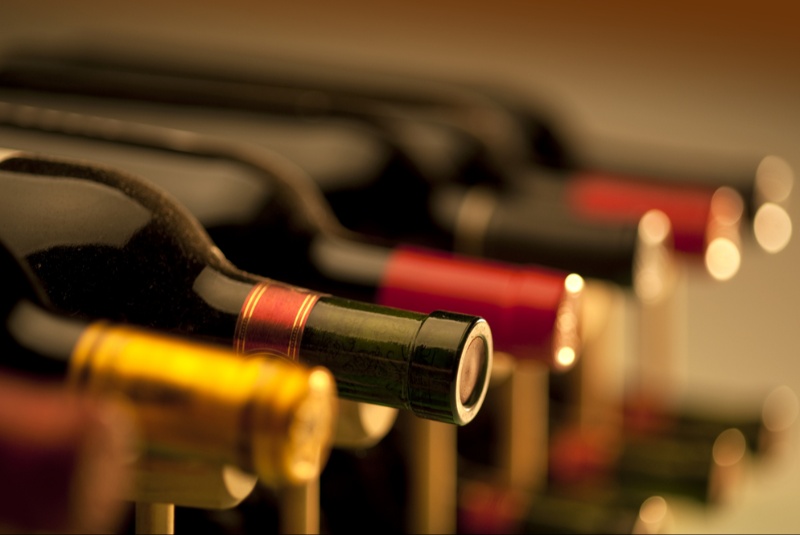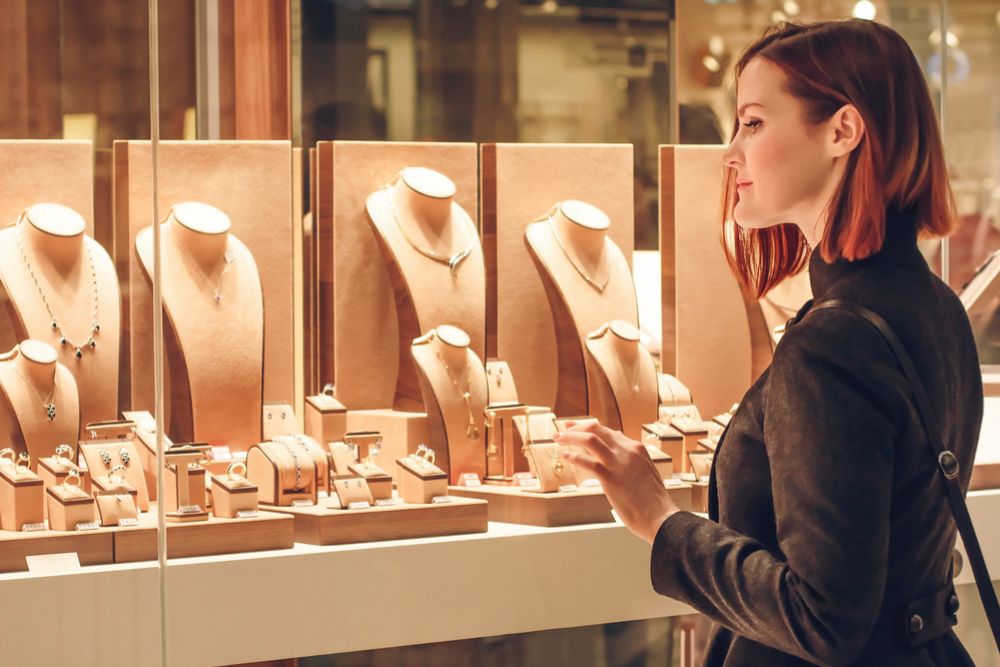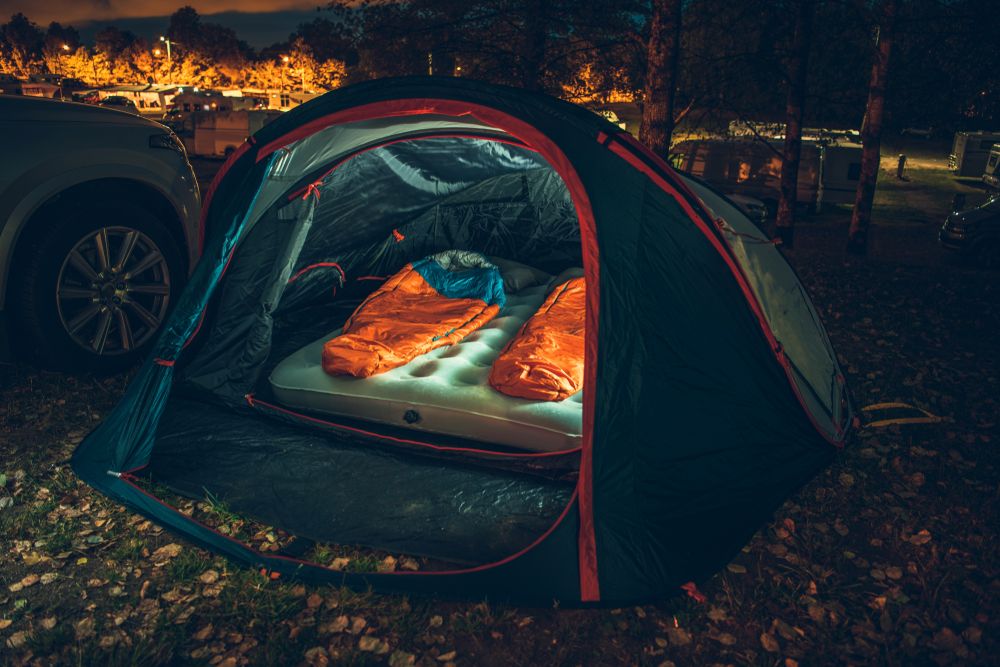Navigating the nuanced terrain of fine wines can be as complex as it is thrilling. The experience extends beyond merely picking a bottle; it involves engaging with history, geography, agriculture, and the alchemy of winemaking. For both the novice enthusiast and the seasoned sommelier, each selection is a new chapter in an endless epicurean story. Herein lies a guide—a cartographer’s rendering of this vast vinous landscape—crafted to aid in making smart, informed choices in the world of fine wines.
Understanding the Terroir
The French term "terroir" speaks to the environmental conditions where the grapes are grown—soil, topography, climate—and how these influence the wine's character. Recognizing the terroir is paramount. Wines from the sun-drenched hills of Tuscany will whisper a different tale than those from the misty realms of Bordeaux.
To commence your journey, research the famed wine-producing regions and understand what makes each unique. Does the Bordeaux left bank’s gravel soil impart a certain robustness to its Cabernet Sauvignon? How does the volcanic soil of Santorini affect its Assyrtiko grapes? By understanding these subtleties, you can anticipate the narrative your selected bottle might unveil.
The Vintage: Nature’s Autograph
A wine's vintage is the year in which its grapes were harvested. It is nature's signature on the wine, as each year's climate imprints a unique stamp on the crop. Seek out vintage charts and reviews, which can provide insight into which years were exceptional for certain regions. However, be cautious of becoming overly dogmatic; not all good wines come from acclaimed vintages, nor are all wines from less-stellar years unworthy.
Deciphering the Label
Wine labels are both an art and a code to be deciphered. Beyond the aesthetic appeal, they offer essential information. The producer or chateau name usually takes prominence, a nod to the artistry behind the wine. Next might be the appellation, indicating where the wine was produced and under what regulations. The varietal or mention of the blend tells you about the grape types within.
Do not be deterred by unfamiliar names. Often, the most rewarding selections come from exploring lesser-known producers who pour their dedication and innovative methods into every bottle.
The Grape Varietals: A Palette of Flavors
Wines can be monovarietal, made from one type of grape, or blends, combining several varietals. The grape dictates much of the wine's flavor profile. Would you prefer the boldness of a Napa Valley Cabernet Sauvignon, or the subtlety of an Oregon Pinot Noir?
Familiarize yourself with the main characteristics of popular varietals: the tannic structure of a Syrah, the crisp acidity of a Chardonnay, or the fruity vibrancy of a Grenache. This knowledge becomes a compass in selecting a bottle that suits your palate.
The Role of Aging
Age can transform wine, softening tannins, and developing complex flavors. However, not all wines are designed to age. Most are crafted for consumption within a few years of release. When selecting a fine wine for aging, consider its structure: high tannin, acidity, and sugar content are all preservatives that can indicate age-worthiness.
If opting for an older vintage, it's also crucial to inquire about its storage conditions. Wine is a living thing; it thrives in a stable environment with controlled temperature and humidity. Poorly stored wines may age prematurely or spoil.
The Price Point: Budgeting for Quality
Price can often reflect the quality, but it is not an absolute measure. Expensive wines generally come with the expectations of pedigree, scarcity, or an exceptional vintage. Yet, there are many "value" fine wines that deliver an outstanding experience without an extravagant price tag.
Set a budget, but be flexible. Allow for the possibility that sometimes a slightly higher investment can yield a significantly more delightful and complex wine. Conversely, be open to the gems that defy their modest cost.

Consulting the Experts
In the realm of fine wines, there is always more to learn. Consult sommeliers, merchants, and wine critics who can offer advice and insights. Their experience tasting vast selections can be invaluable in guiding your choice, especially when venturing into uncharted varietals or regions.
Wine reviews and ratings can serve as useful references, but remember that wine is subjective. A critic’s 94-point wine might not align with your personal taste. Use these ratings as one of many tools in your decision-making arsenal.
Tasting as Research
Perhaps the most enjoyable form of research is tasting. Attend wine tastings and visit vineyards when possible. The firsthand experience of savoring a wine and understanding its backstory can never be underestimated. You'll discover personal preferences and develop a palate for quality, which is the ultimate guide in selecting fine wines.
The Occasion
Consider the context in which the wine will be enjoyed. Is it for a celebration, a quiet dinner, or perhaps a gift? Certain wines lend themselves to specific occasions. A vintage Champagne might celebrate a milestone, while a bold Super Tuscan could complement a hearty meal. The setting and purpose can narrow down your selection and ensure the wine elevates the moment.
Food Pairings
The synergy between food and wine is a dance of flavors. The right pairing can elevate both the dish and the wine. Consider the weight, intensity, and flavor profile of the wine in relation to the food. A rule of thumb is to match the wine's intensity with that of the dish—delicate with delicate, robust with robust.
Trusting Your Palate
Ultimately, the best bottle is one that resonates with you. Trust your own taste. If you find joy in a particular wine, regardless of its prestige or price, then it is a smart choice. Fine wine is about the experience it imparts—the conversations it sparks and the memories it cements.
Curating Your Selection
Having embraced these considerations, selecting a fine wine becomes a curatorial act. It is assembling a collection of sensorial stories that speak to your taste and sensibilities. Your collection might showcase the earthiness of Old World wines, the exuberance of New World varietals, or a tapestry of both.
In making smart choices in the world of fine wines, one must be both a scholar and a poet. The knowledge of terroir, vintage, varietals, and aging processes form the scientific foundation, while intuition and personal taste bring artistry to the selection process.
Each bottle of fine wine is a mosaic of the earth, the climate, and the winemaker's craft. To choose well is to honor this confluence of elements—to find a narrative in the nose, a sonnet in the sip. It's to unveil elegance within the glass, allowing every tasting to be an act of discovery, a momentary indulgence in the sublime. The world of fine wines beckons with its complexity and rewards with its delights, asking only for a curious mind and an eager palate.




